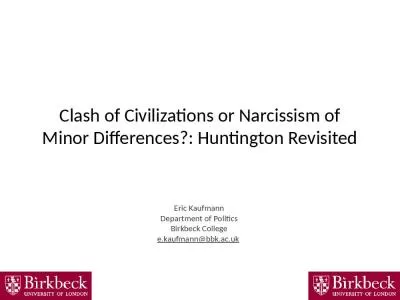PPT-Regulatory Relationship of microRNAs in Alzheimer and Huntington Diseases: A Cladistics
Author : scarlett | Published Date : 2024-03-13
Prachi Srivastava AMITY Institute of Biotechnology AMITY University Uttar Pradesh Lucknow Lucknow UP India introduction 2 RNA interference RNAi RNA interference
Presentation Embed Code
Download Presentation
Download Presentation The PPT/PDF document "Regulatory Relationship of microRNAs in ..." is the property of its rightful owner. Permission is granted to download and print the materials on this website for personal, non-commercial use only, and to display it on your personal computer provided you do not modify the materials and that you retain all copyright notices contained in the materials. By downloading content from our website, you accept the terms of this agreement.
Regulatory Relationship of microRNAs in Alzheimer and Huntington Diseases: A Cladistics: Transcript
Download Rules Of Document
"Regulatory Relationship of microRNAs in Alzheimer and Huntington Diseases: A Cladistics"The content belongs to its owner. You may download and print it for personal use, without modification, and keep all copyright notices. By downloading, you agree to these terms.
Related Documents

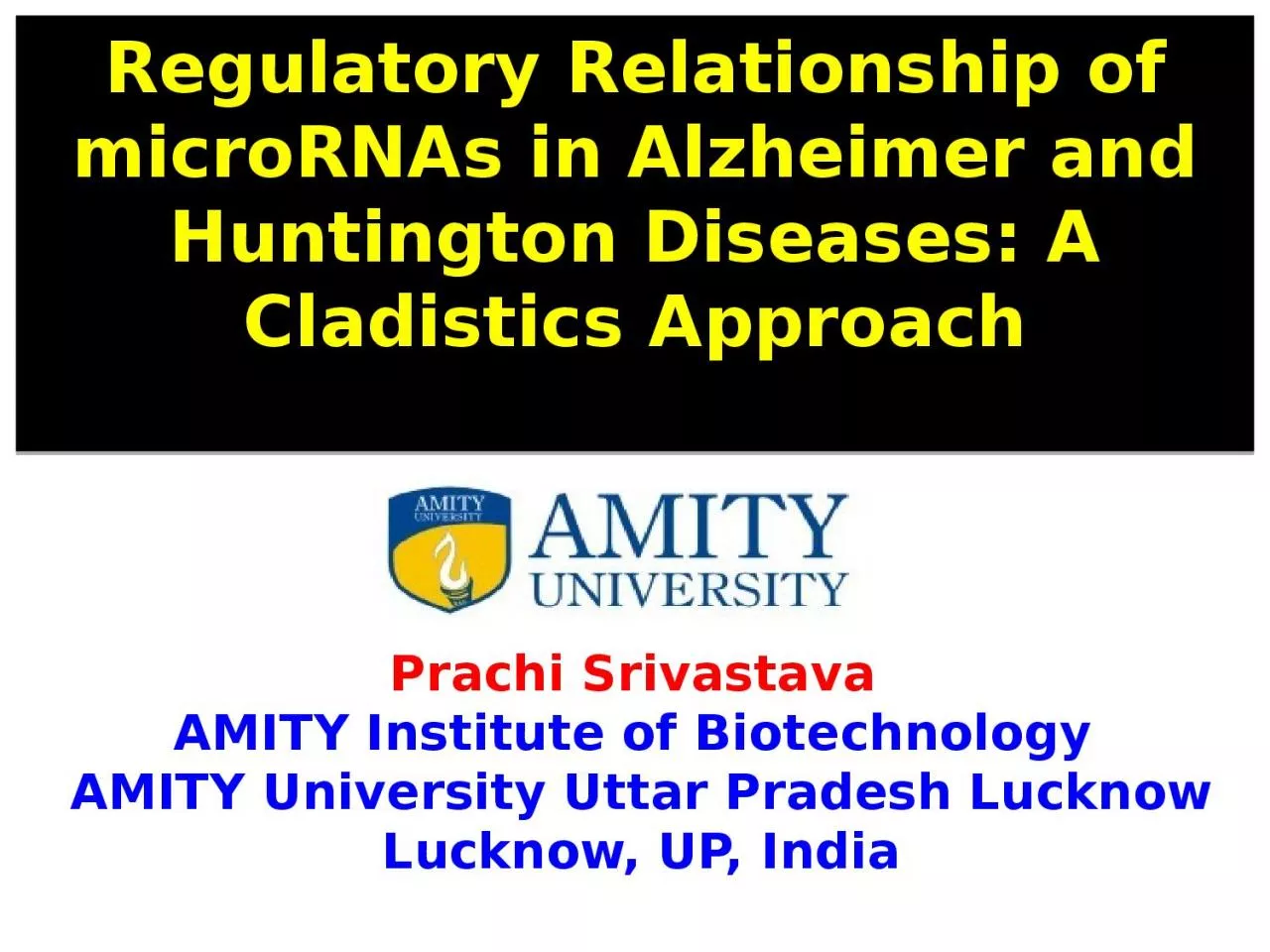


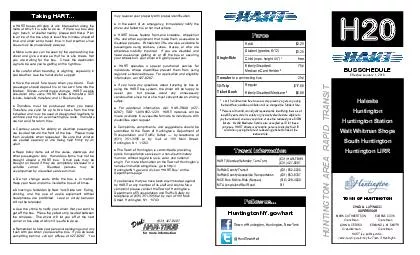

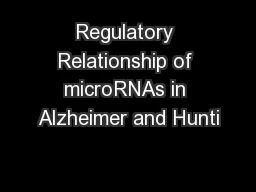



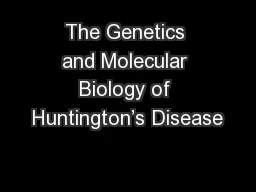
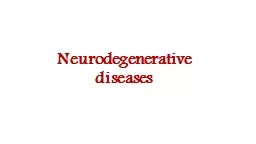
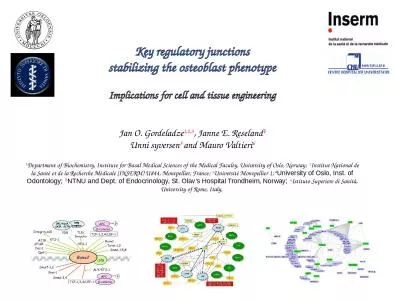
![[READ DOWNLOAD] THE 30-DAY ALZHEIMER\'S SOLUTION BOOK :: Care givers guide to Caring for](https://thumbs.docslides.com/1020284/read-download-the-30-day-alzheimer-s-solution-book-care-givers-guide-to-caring-for-people.jpg)
